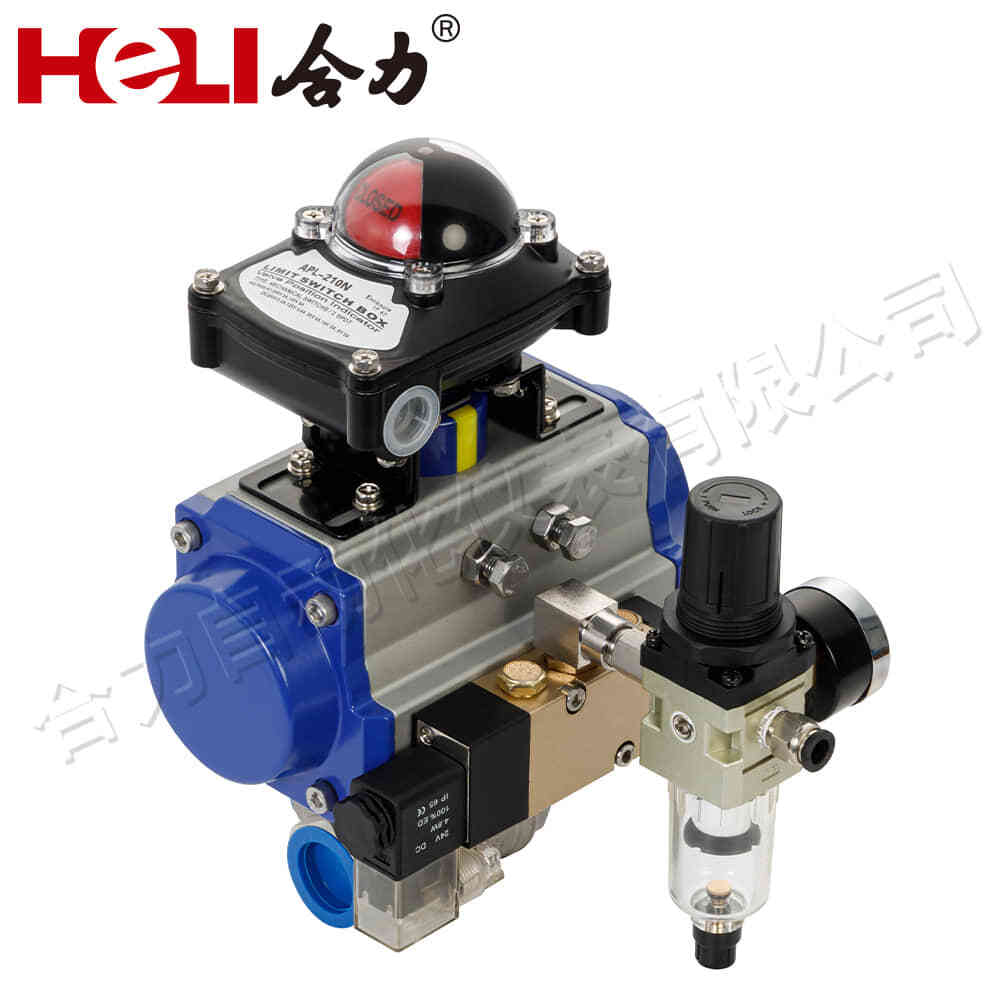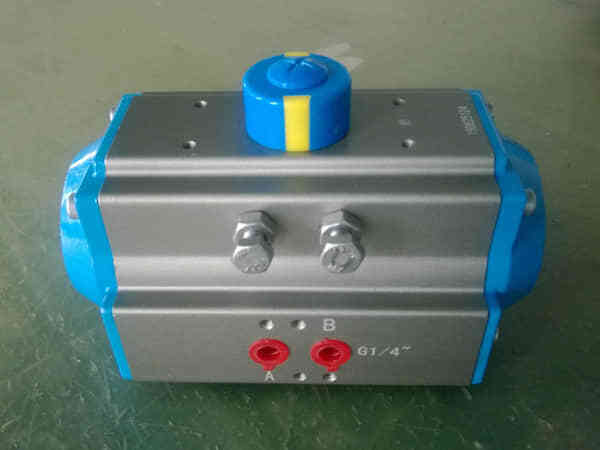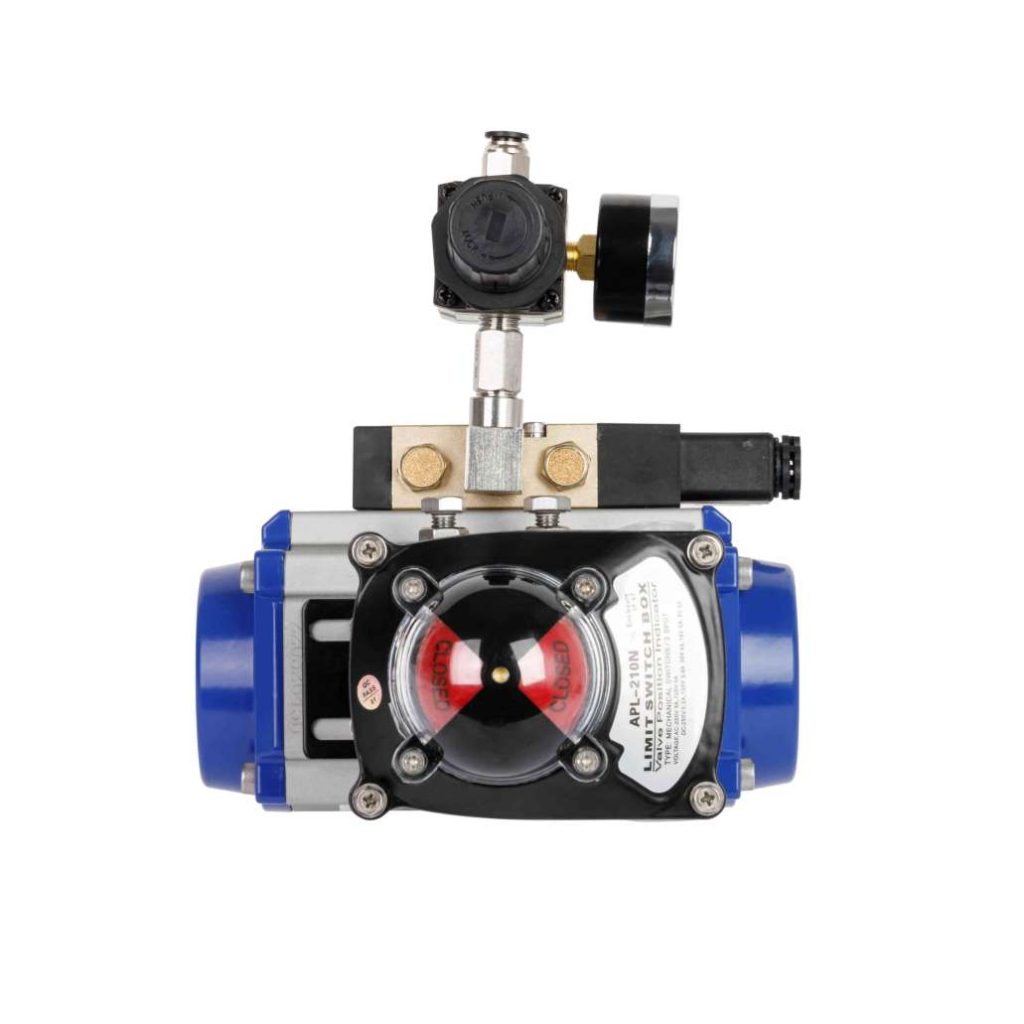Pneumatic actuators are essential components in various industrial processes, serving as devices that convert compressed air into mechanical motion. These actuators play a crucial role in automation, offering efficiency, reliability, and versatility across a range of applications. In this article, we will explore the working principles of pneumatic actuators, their types, advantages, and common applications.

Working Principles

At its core, a pneumatic actuator operates by utilizing compressed air to create movement. When compressed air is introduced into the actuator, it pushes against a diaphragm or a piston, causing it to move. This movement can be linear or rotary, depending on the actuator design. The most common types of pneumatic actuators are diaphragm actuators, piston actuators, and rotary actuators. Diaphragm Actuators: These consist of a flexible diaphragm that separates two chambers. When air is supplied to one side, the diaphragm bends, creating motion in the connected shaft. This type is often used for valve control, providing precise movement with minimal force.
